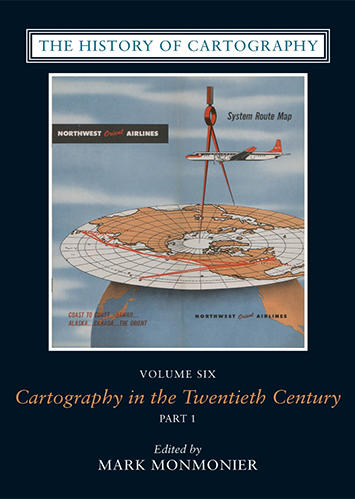Cartography in the Twentieth Century
The History of Cartography series, Volume 6
05.11.2021
The twentieth century is a pivotal period in map history. The transition from paper to digital formats led to previously unimaginably dynamic and interactive maps. Geographic information systems radically altered cartographic institutions and reduced the skill required to create maps. Satellite positioning and mobile communications revolutionized wayfinding. Mapping evolved as an important tool for coping with complexity, organizing knowledge, and influencing public opinion in all parts of the globe and at all levels of society. Volume 6 covers these changes comprehensively, while thoroughly demonstrating the far-reaching effects of maps on science, technology, and society—and vice versa.
The lavishly produced volume includes more than five hundred articles accompanied by more than a thousand images. Hundreds of expert contributors provide original research, often based on their own participation in the developments they describe, and interpretations of larger trends in cartography. Designed for use by both scholars and the general public, this definitive volume is a reference work of first resort for all who study and love maps.
Volume Six contains 1,960 pages, 805 color plates, 119 halftones, 242 line drawings, and 61 tables.
Volumes Four, Five, and Six are structured as large, multi-level, interpretive encyclopedias. They are similar in page size and general appearance to the first three volumes of the History, with the same density of illustrations but with full color reproductions.
